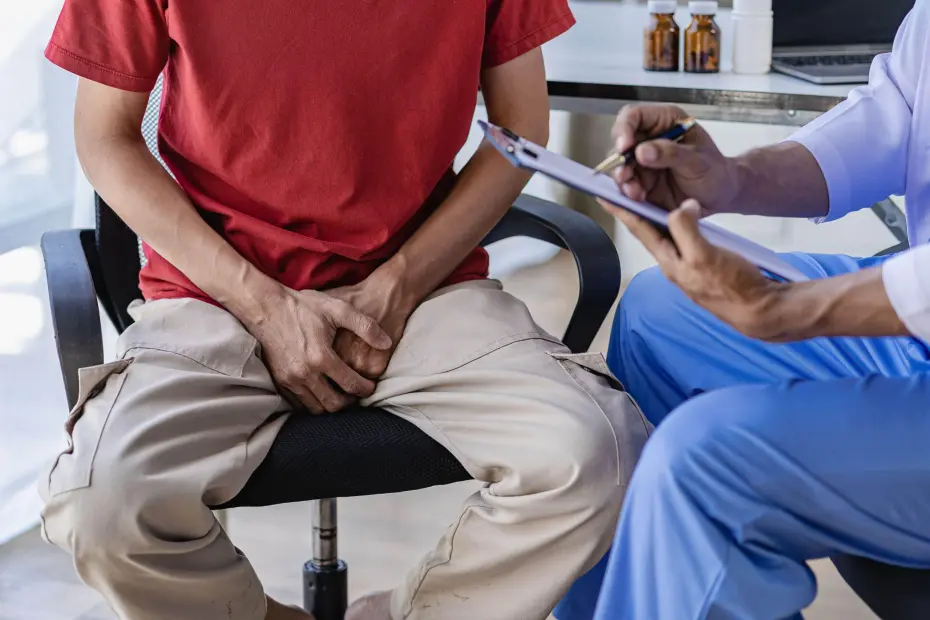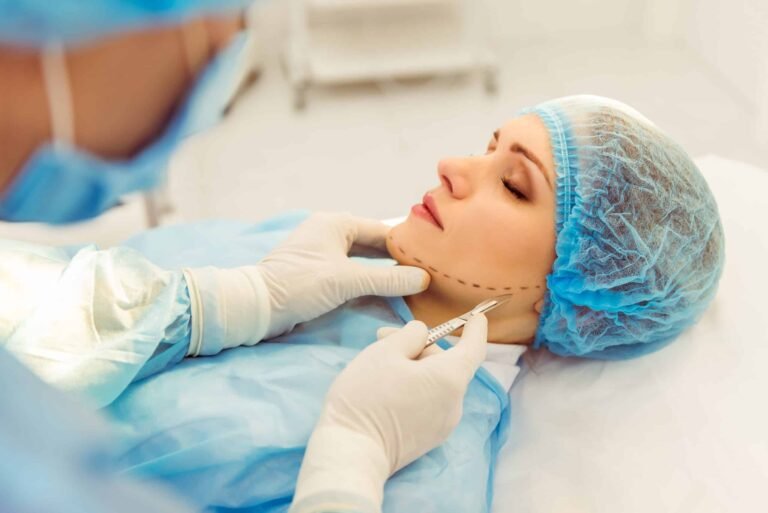Platelet-Rich Plasma (PRP) therapy, also known as the P-Shot®, is an innovative, non-surgical treatment that uses your body’s own healing mechanisms to address erectile dysfunction (ED). As an alternative to medications like Viagra or more invasive treatments like implants, PRP offers a regenerative approach designed to enhance blood flow, sensitivity, and natural erectile function.
However, as with any medical procedure, PRP therapy carries both potential benefits and risks. This article aims to give patients a clear, evidence-based overview of what to expect when considering PRP for ED.
✅ Benefits of PRP Therapy for Erectile Dysfunction
1. Natural, Autologous Treatment
- PRP is derived from your own blood, making it free from foreign substances, allergens, or synthetic chemicals.
- There is no risk of rejection, infection from donor material, or cross-contamination.
Why it matters: This makes PRP one of the safest ED therapies, particularly for men with sensitivities or allergies to oral medications.
2. Improved Penile Blood Flow
- PRP contains angiogenic growth factors such as VEGF and PDGF that promote new blood vessel formation.
- Improved microvascular circulation in the corpora cavernosa enhances erectile firmness and duration.
Clinical significance: PRP can be particularly beneficial for vasculogenic ED, the most common cause of erectile dysfunction.
3. Enhanced Sensitivity and Sexual Pleasure
- Many patients report increased penile sensitivity and stronger orgasms after PRP treatment.
- PRP may help repair nerve endings and improve sensory perception in the glans penis.
Benefit: Ideal for men with reduced sensation due to aging, diabetes, or past trauma.
4. Tissue Regeneration and Healing
- PRP stimulates the repair of smooth muscle, endothelial lining, and collagen in penile tissues.
- May lead to long-term improvements in erectile health rather than just temporary symptom relief.
Benefit: Unlike ED pills that work only when taken, PRP may address the root cause of dysfunction.
5. Minimal Downtime and Non-Invasive
- The procedure is performed in-office and typically takes less than 1 hour.
- No surgery, general anesthesia, or hospital stay is required.
- Most patients return to normal activities the same day.
Convenience: A good option for busy men who want to avoid the inconvenience of more invasive procedures.
6. Can Be Combined With Other Therapies
- PRP works well with penis pumps, shockwave therapy, and testosterone therapy.
- For men with complex or multi-factorial ED, a combined approach may enhance results.
Benefit: Provides flexibility for tailoring treatment to individual needs.
7. May Help with Peyronie’s Disease
- Emerging research suggests PRP may also help reduce plaque buildup and improve curvature in men with Peyronie’s disease.
Dual benefit: Men with both ED and penile curvature may benefit from PRP treatment.
⚠️ Risks and Limitations of PRP Therapy for ED
While generally considered safe, PRP for ED is not without risks or limitations. Patients should be aware of the following:
1. Mild Pain or Discomfort During Injection
- Despite topical numbing cream or local anesthesia, some men may feel pinching, pressure, or discomfort during the injection.
- Sensitivity can vary depending on individual anatomy and pain tolerance.
Mitigation: Providers can use additional numbing agents or perform a dorsal nerve block if needed.
2. Swelling, Bruising, or Redness
- Temporary swelling, redness, or bruising at the injection site is common and typically resolves within 48–72 hours.
- Rarely, minor bleeding or tenderness may occur.
Self-care: Ice packs and avoiding strenuous activity can help reduce symptoms.
3. Infection (Extremely Rare)
- Though PRP is autologous, any needle-based procedure carries a minimal risk of infection if sterile protocols aren’t followed.
Prevention: Always choose a licensed and experienced medical provider with strict aseptic technique.
4. Lack of Immediate Results
- PRP is a gradual, regenerative therapy, not a quick fix.
- It may take 3–12 weeks to see full results, with some men requiring more than one session.
Expectation management: Patients should understand that PRP is not an instant erection inducer like PDE5 inhibitors.
5. Variable Results
- Some men report dramatic improvement, while others experience minimal or no change.
- Efficacy depends on factors like age, underlying health, severity of ED, and lifestyle.
Important consideration: PRP is best suited for men with mild to moderate ED, particularly of vascular origin.
6. May Not Be Covered by Insurance
- PRP for ED is considered an elective or experimental treatment by most insurers.
- Patients typically pay out-of-pocket, with costs ranging from $1,500 to $3,000 per session depending on the provider.
Budgeting tip: Discuss costs, payment plans, and expected number of treatments during your consultation.
7. Not Effective for All ED Types
PRP may be less effective or unsuitable for:
- Severe nerve damage (e.g., post-prostatectomy)
- Psychological or performance anxiety-related ED
- Advanced diabetes or cardiovascular disease
- Hormonal deficiencies unless managed alongside PRP
Conclusion: PRP should not be considered a universal solution, and patient selection is key to success.
🔍 Summary: Weighing the Pros and Cons
| Benefit | Description |
|---|---|
| Natural and drug-free | Uses your own blood, no chemicals |
| Enhances blood flow | Promotes new vessels and circulation |
| Improves sensitivity | Restores nerve health in the penis |
| Non-invasive | No surgery, minimal downtime |
| Long-term healing | Potential to regenerate tissue over time |
| Customizable | Can combine with other ED therapies |
🩺 Final Thoughts: Is PRP Right for You?
PRP therapy for ED represents an exciting frontier in regenerative medicine. For the right patient—particularly those with mild to moderate vasculogenic ED, in relatively good health, and seeking a natural, non-pharmaceutical solution—PRP can offer meaningful improvements in erectile function and confidence.
However, success depends on proper diagnosis, realistic expectations, and a provider experienced in male sexual health.




